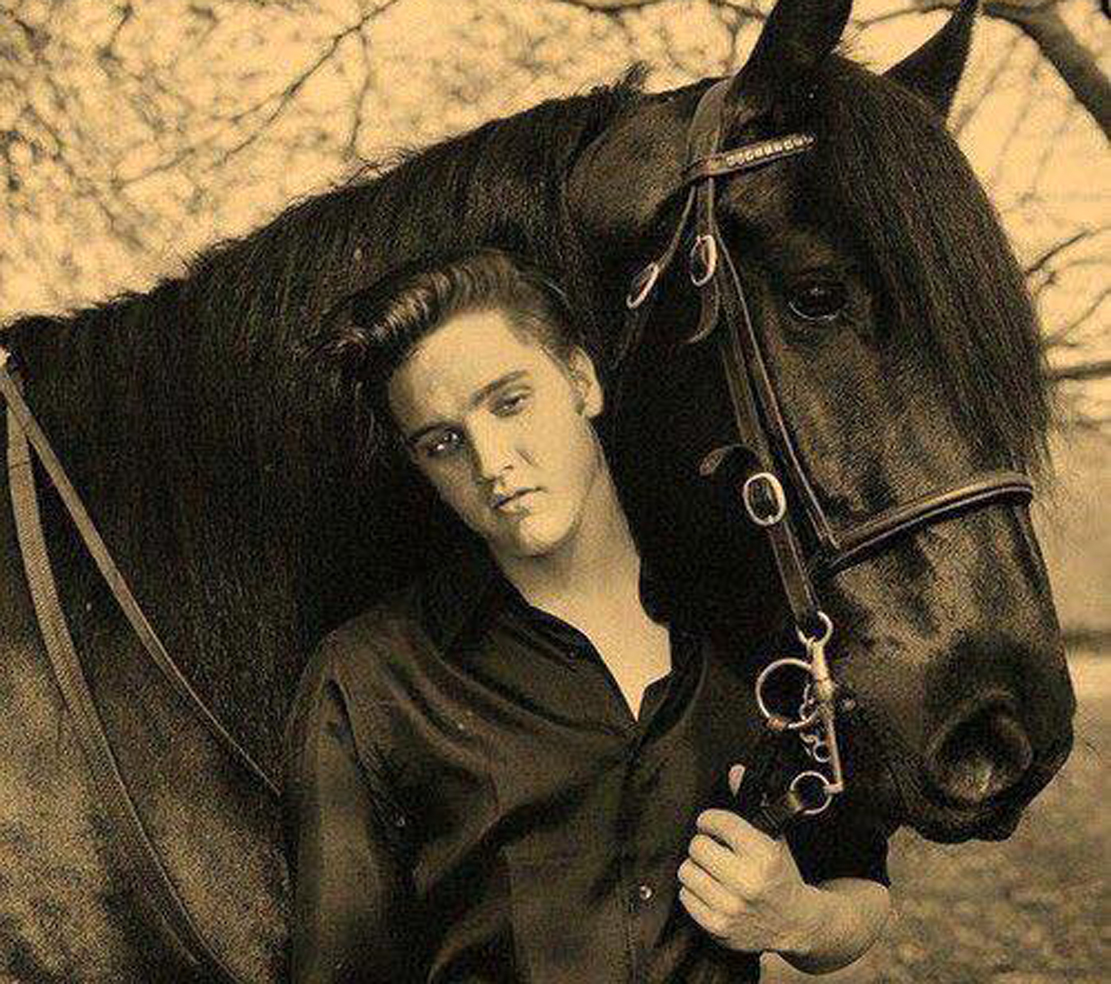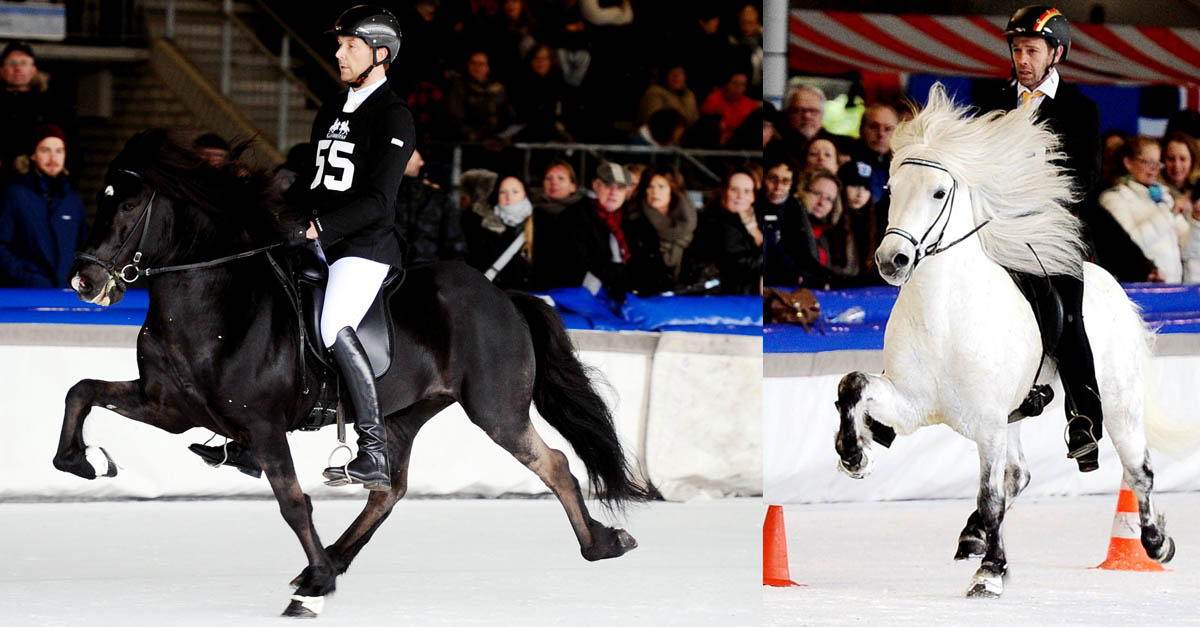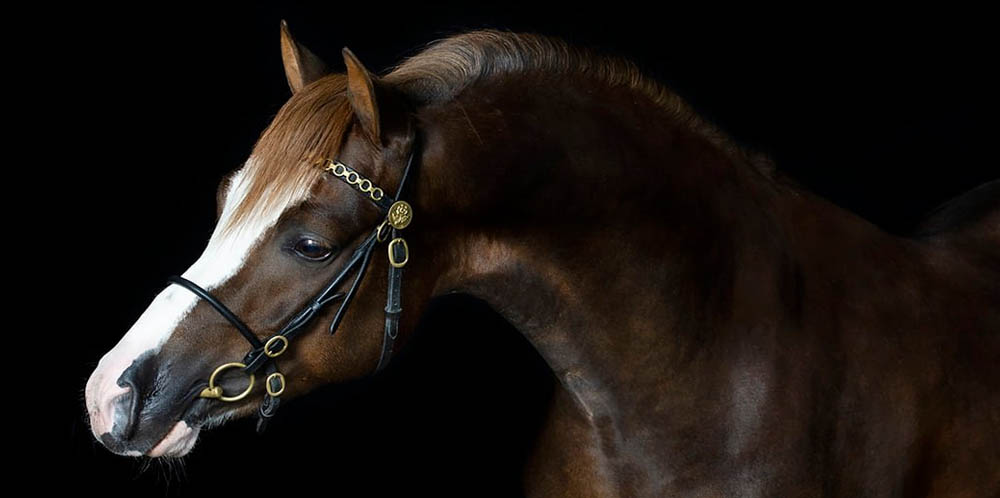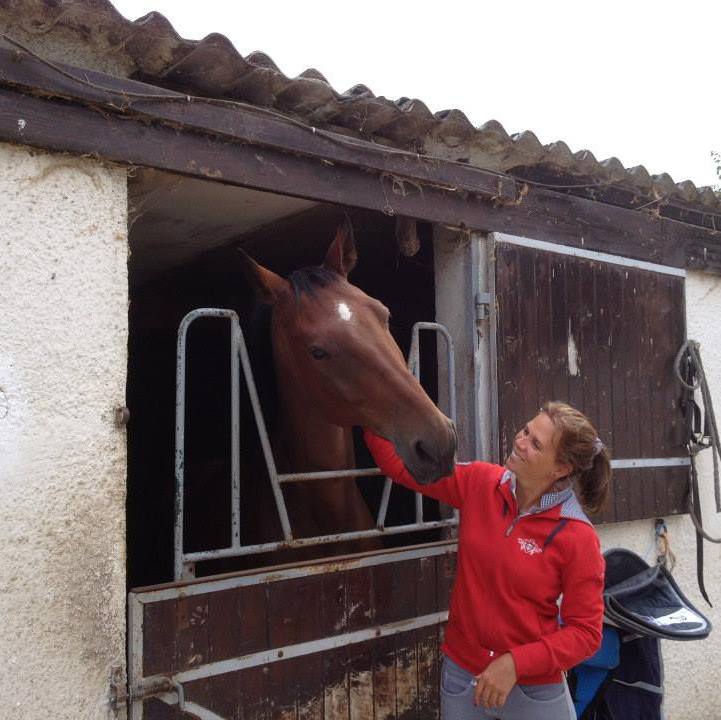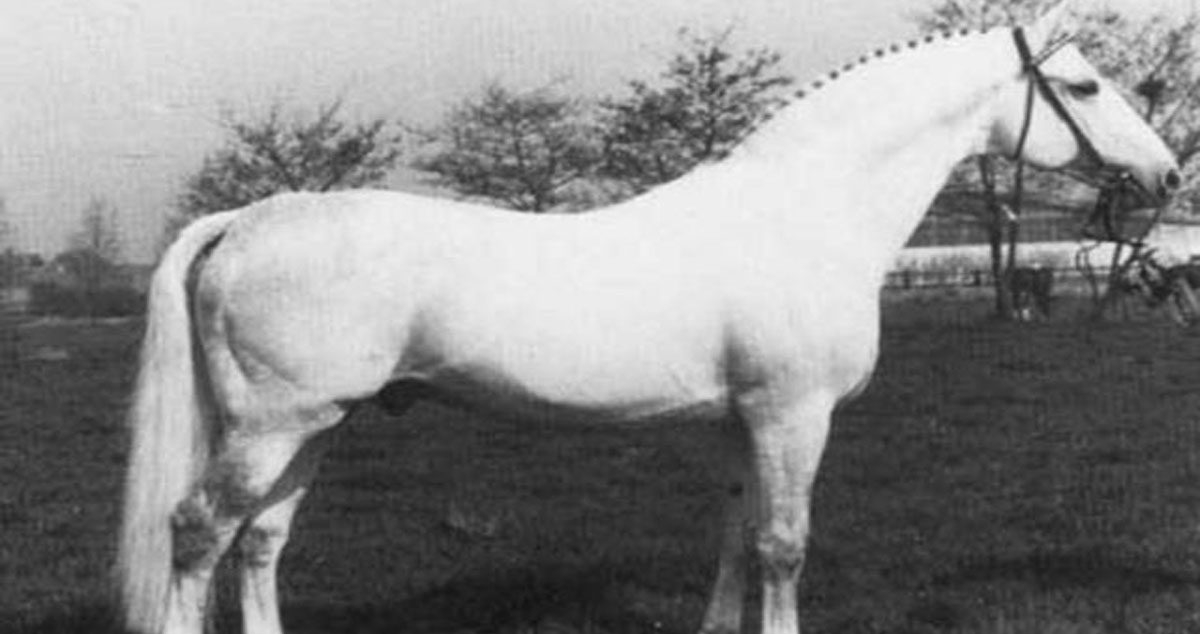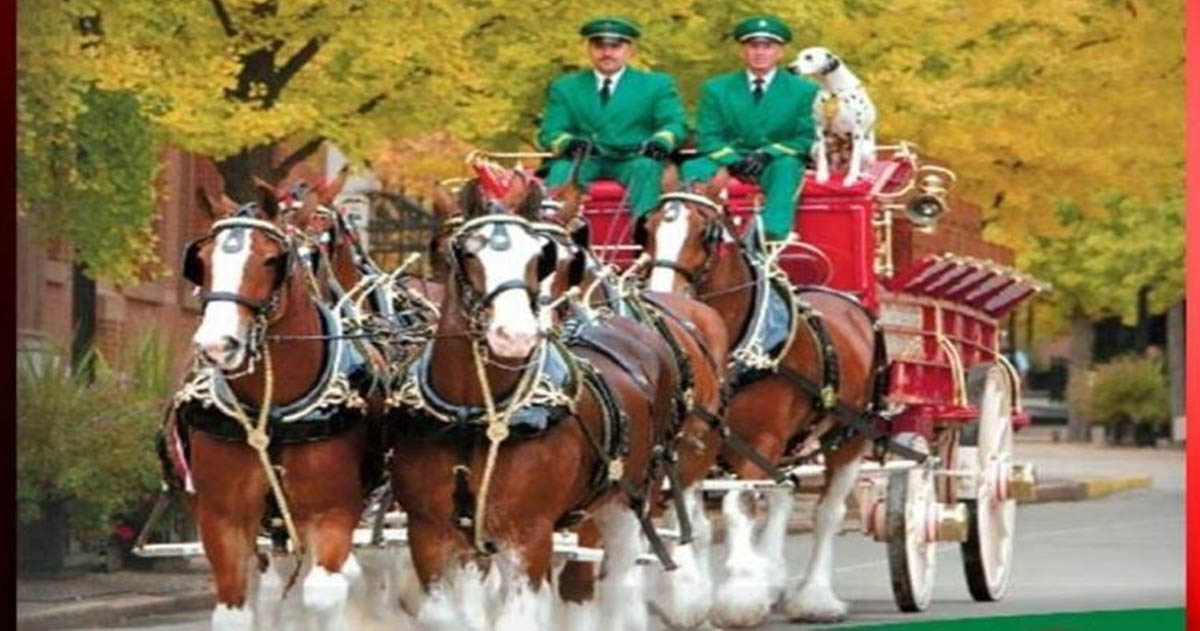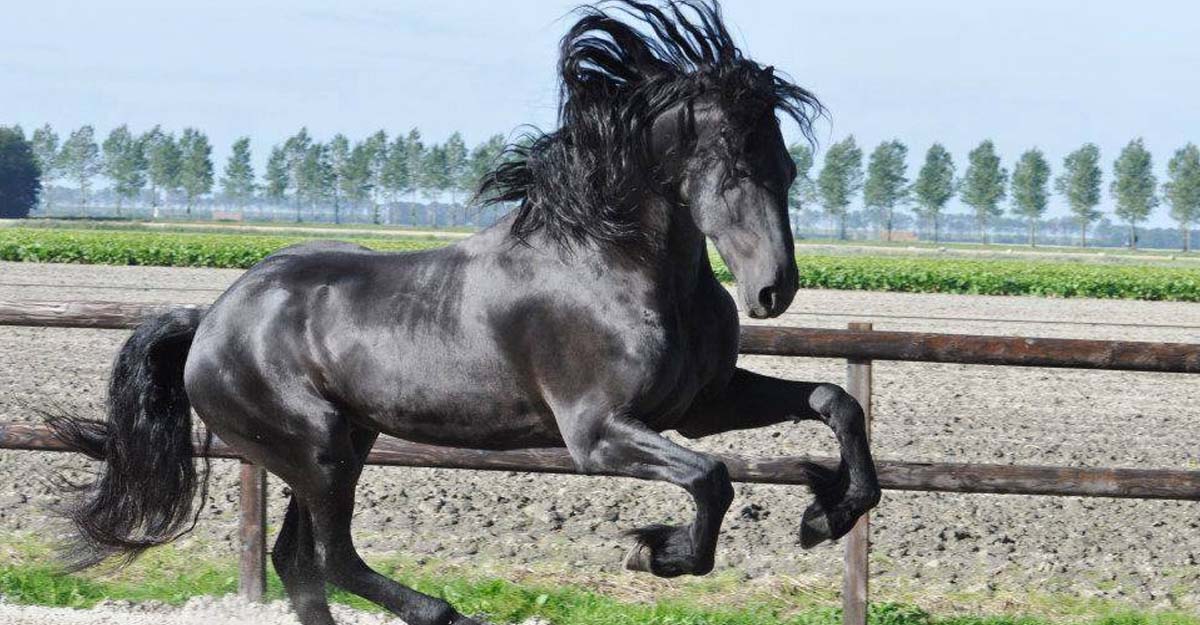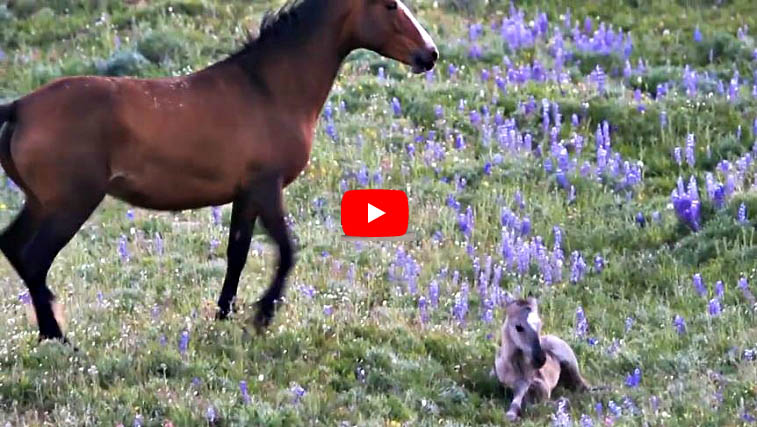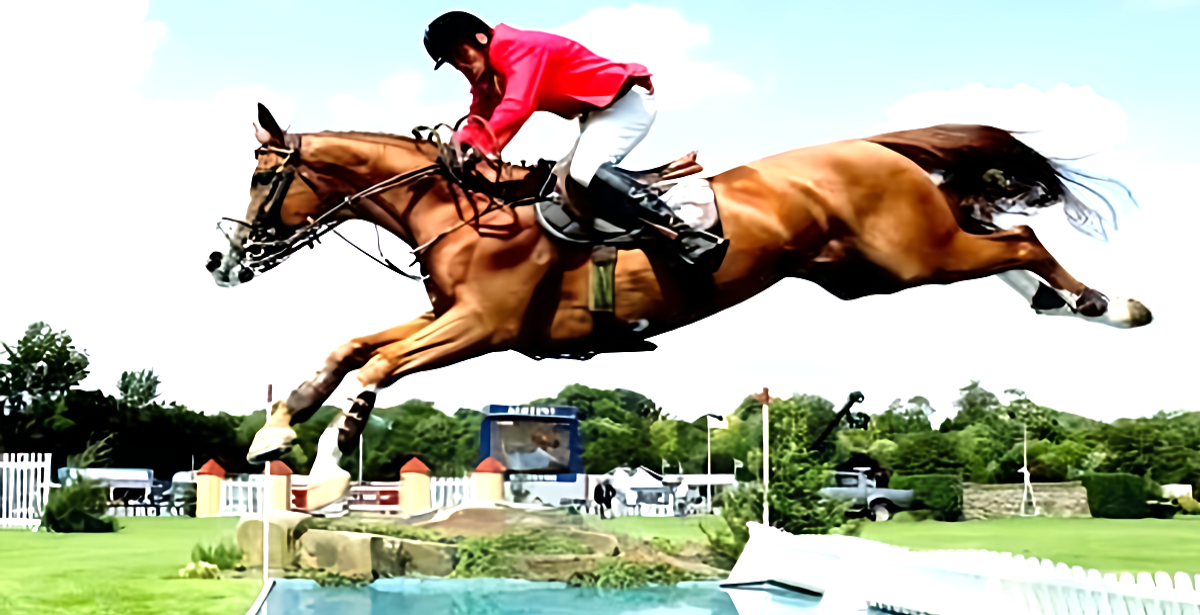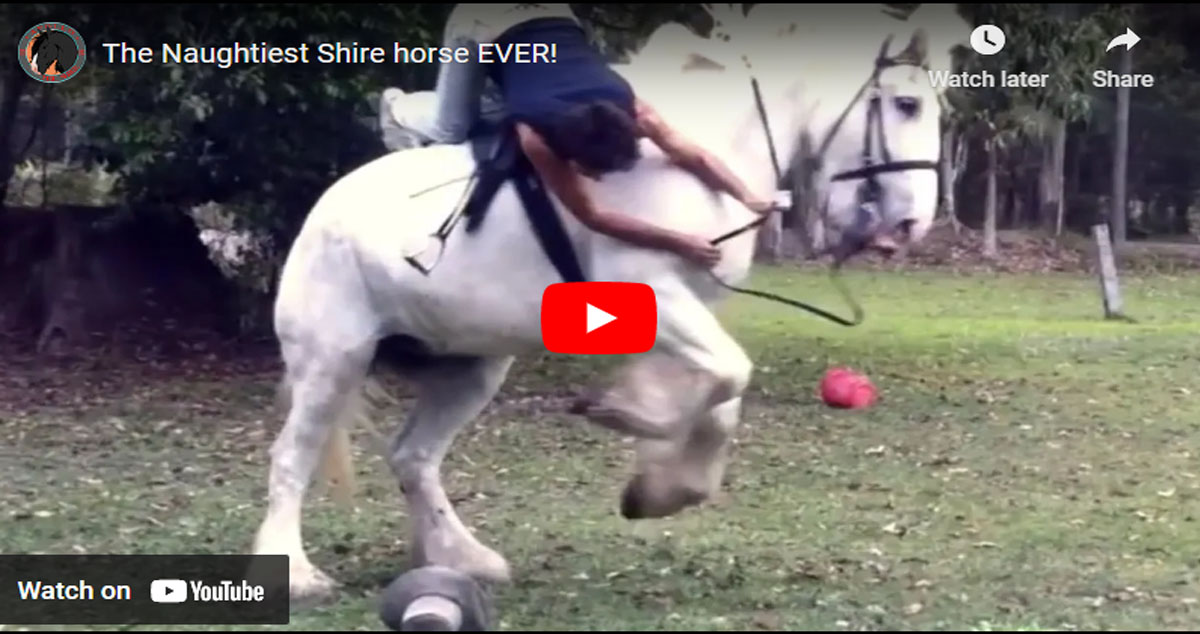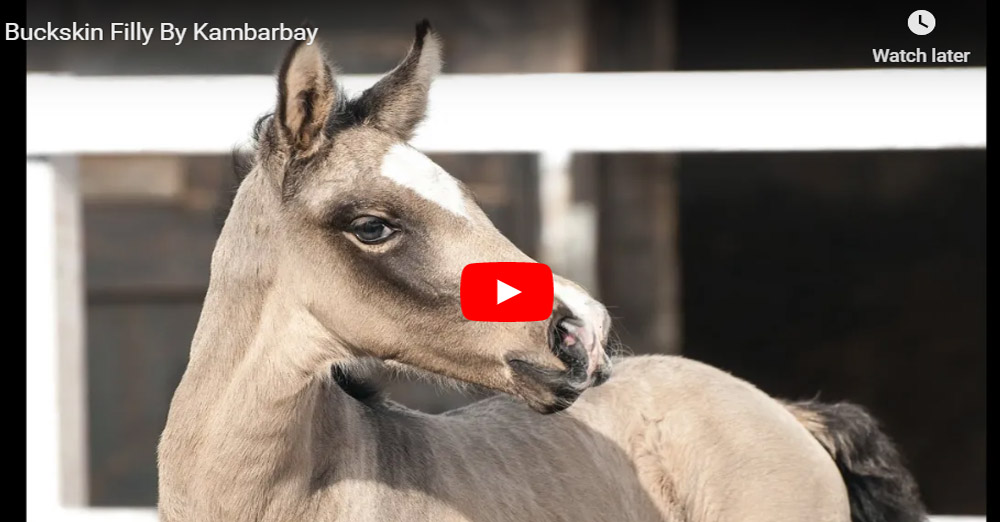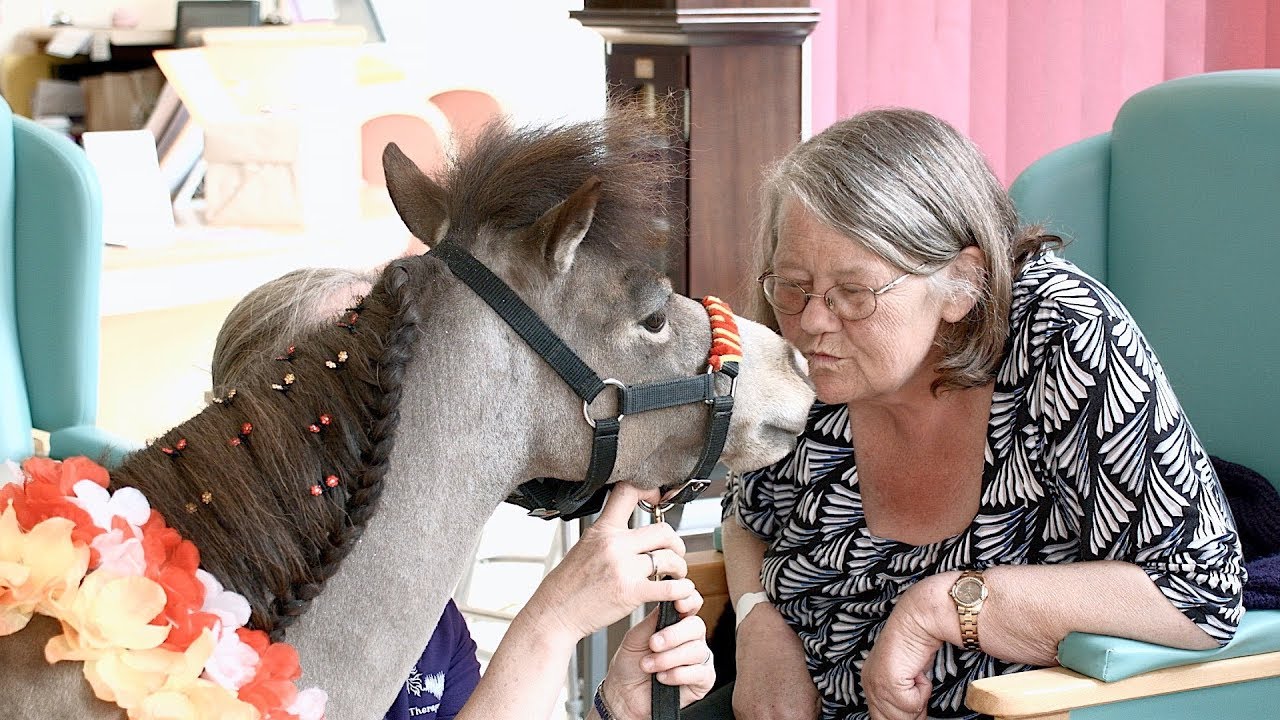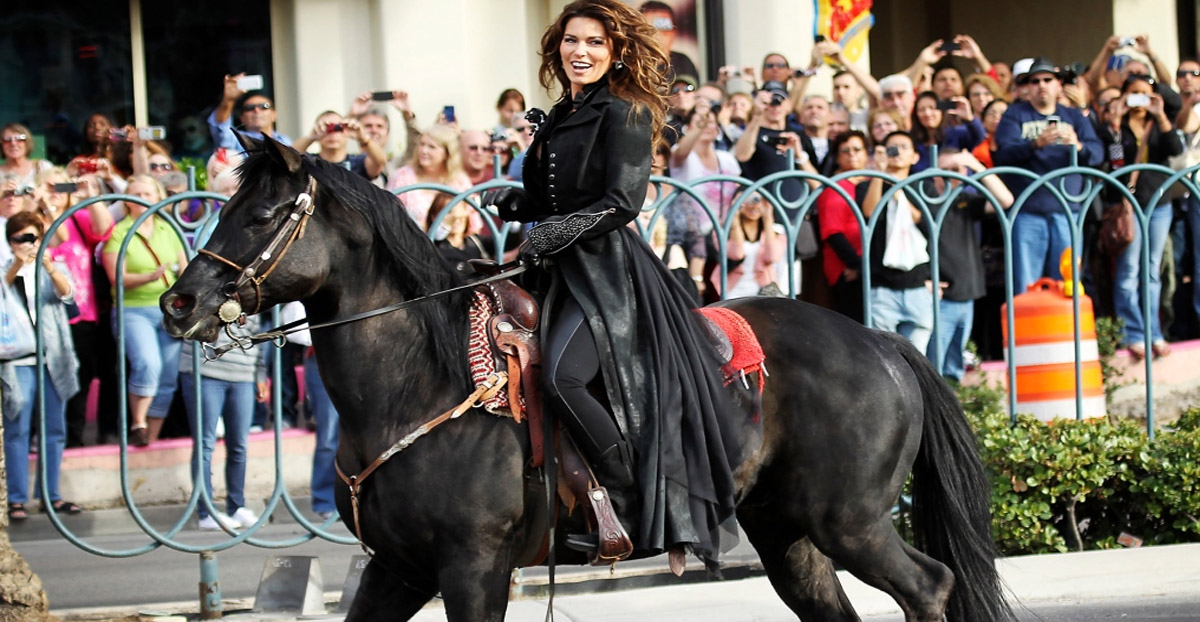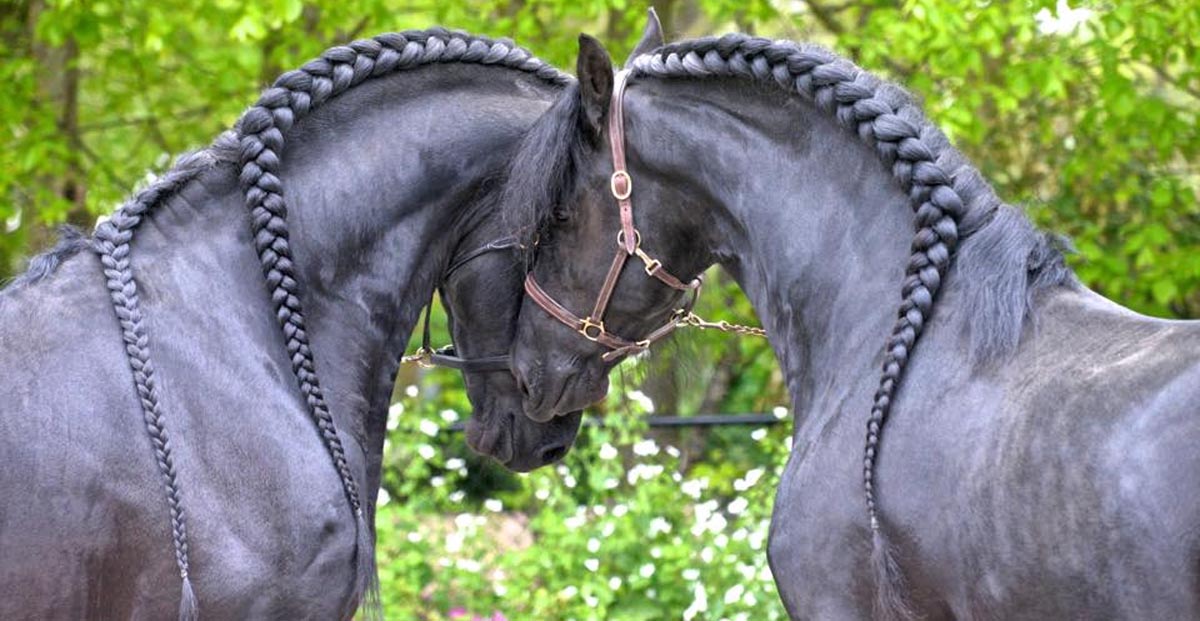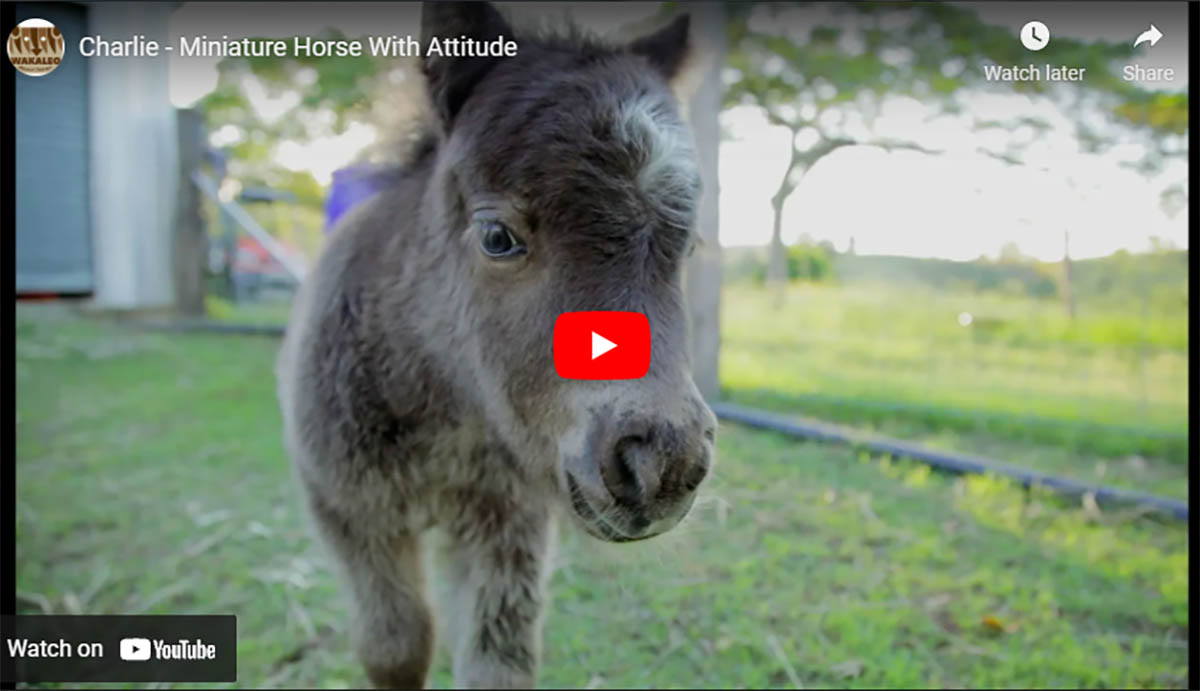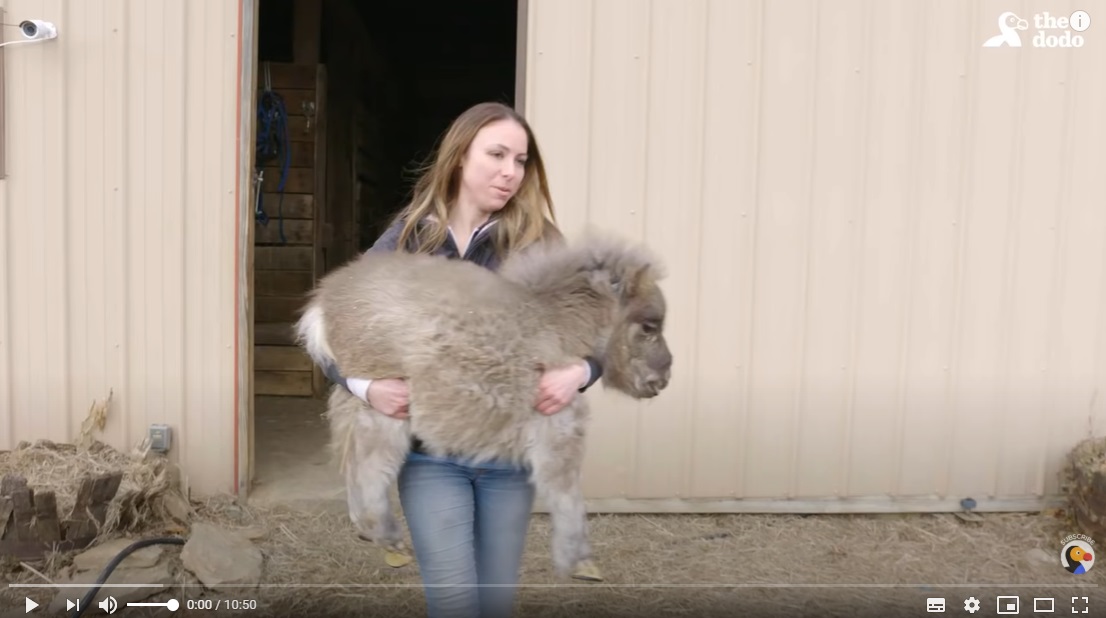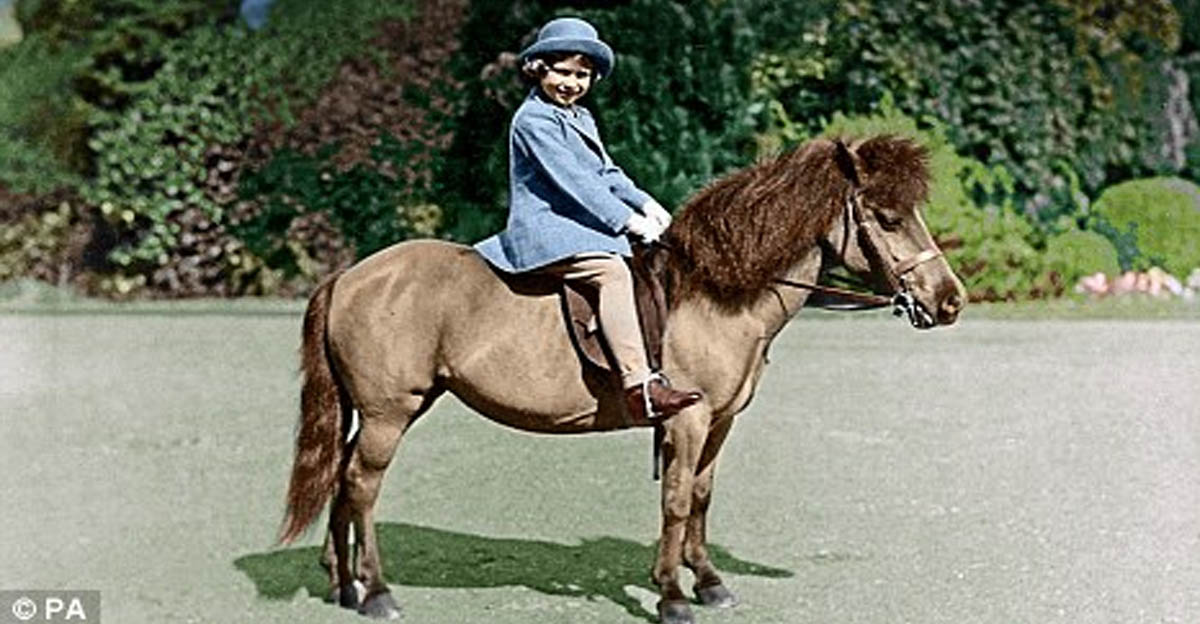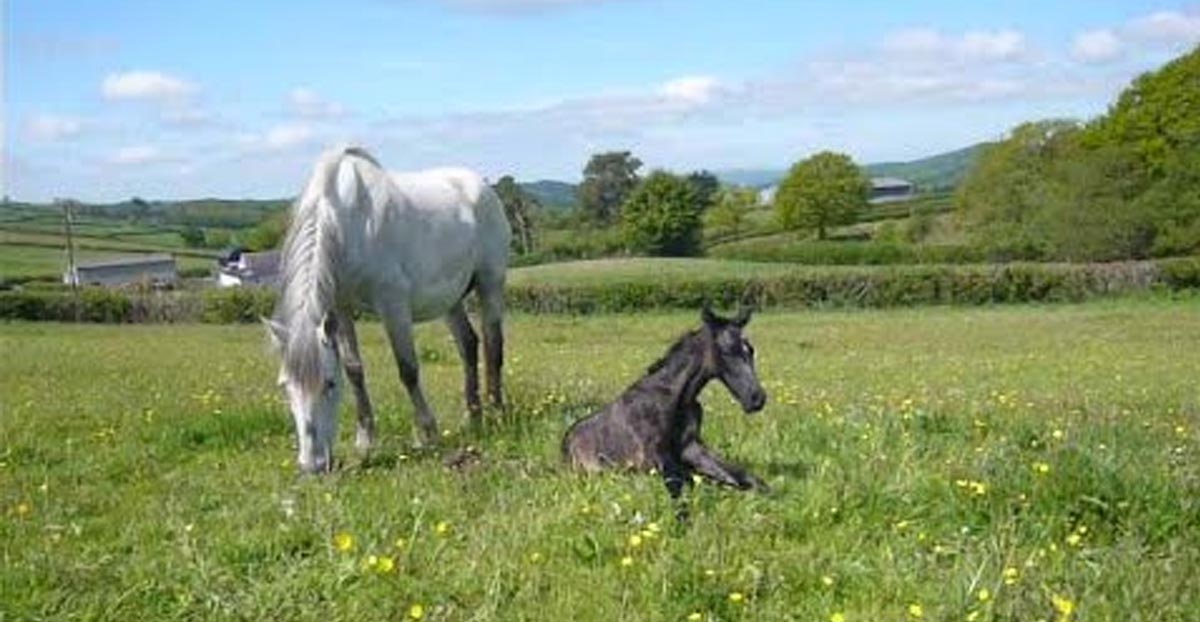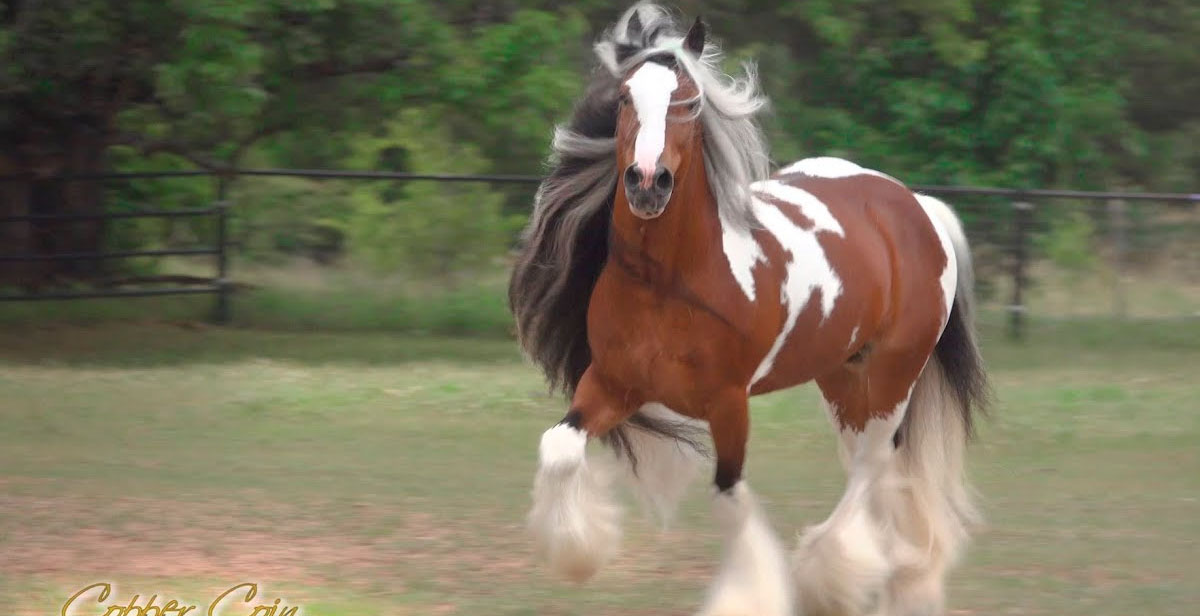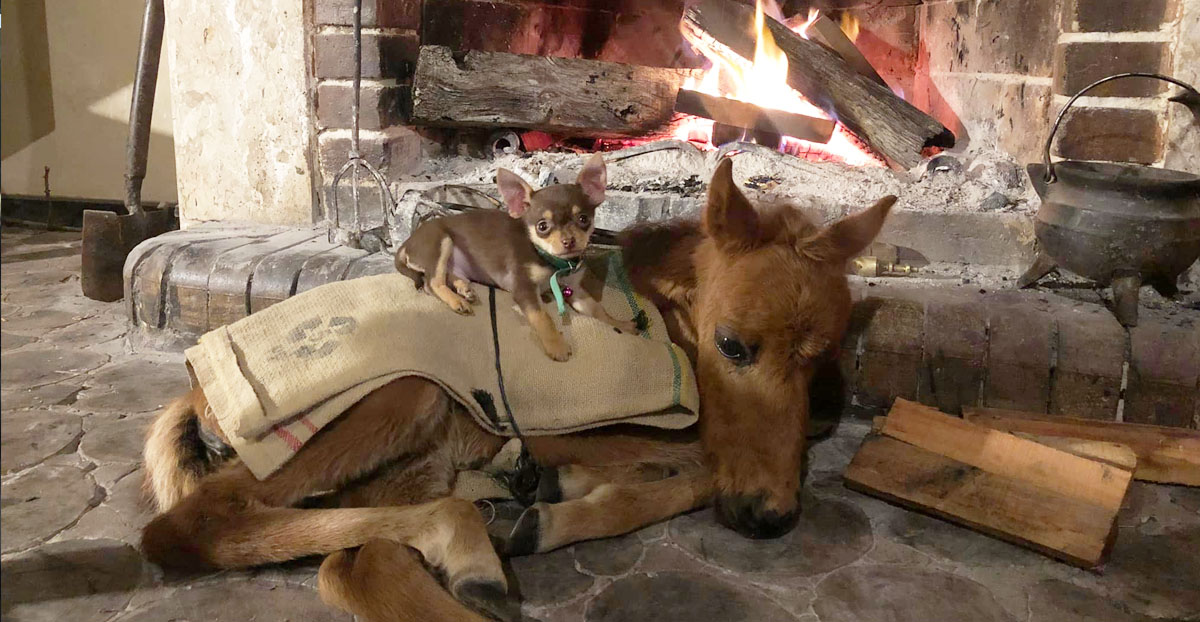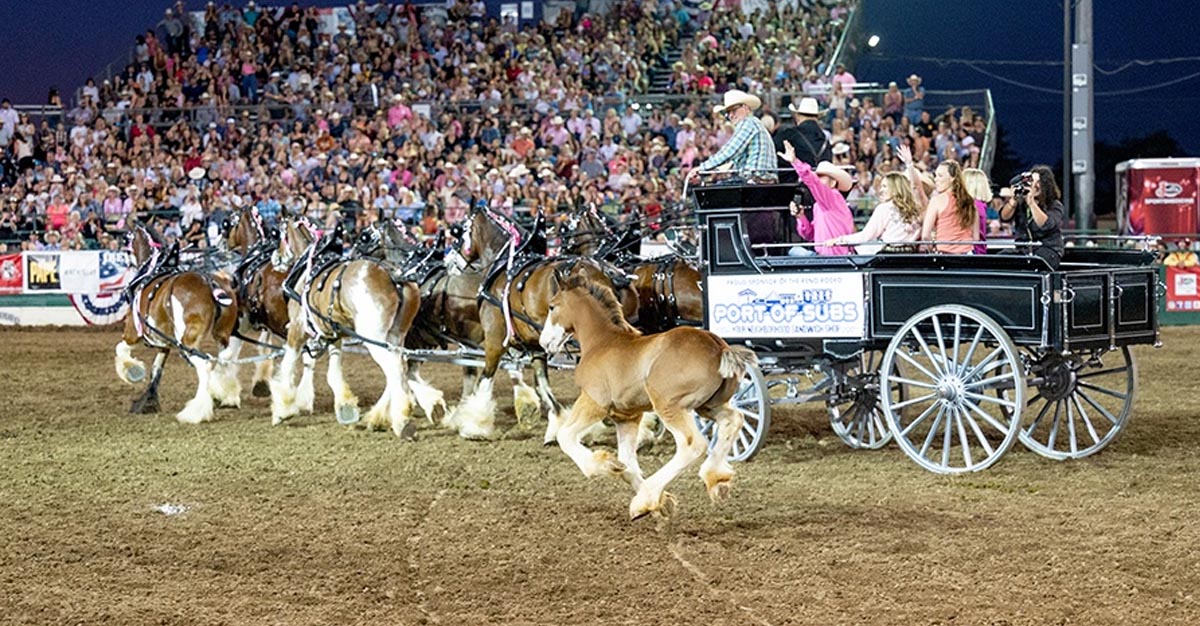Mongol Horses - Horses Of The Mongolian Steppes
Mongolian horses are a unique breed of horse that has evolved in the Mongolian steppes over thousands of years. These horses are known for their hardiness, resilience, and endurance. They are an integral part of Mongolia`s history, culture, and economy.

Mongolian horses are small, usually standing less than 14 hands high. They are well-muscled, with short legs and a broad, sturdy frame. Their coats are thick and shaggy, with a range of colours from black and bay to chestnut and gray.
Mongolian horses are believed to have descended from the ancient wild horses of Central Asia. They have been domesticated for thousands of years and were used extensively by the Mongol Empire for transportation, communication, and warfare.

Genghis Khan, the founder of the Mongol Empire, is said to have claimed that `the strength of the Mongols lies in their horses.` His army was able to conquer vast territories thanks to their powerful and durable mounts.
Mongolian culture is deeply intertwined with the horse. The traditional Mongolian sport of horse racing dates back centuries and is still enjoyed today. Children as young as five years old participate in races that can cover distances of up to 30 miles.
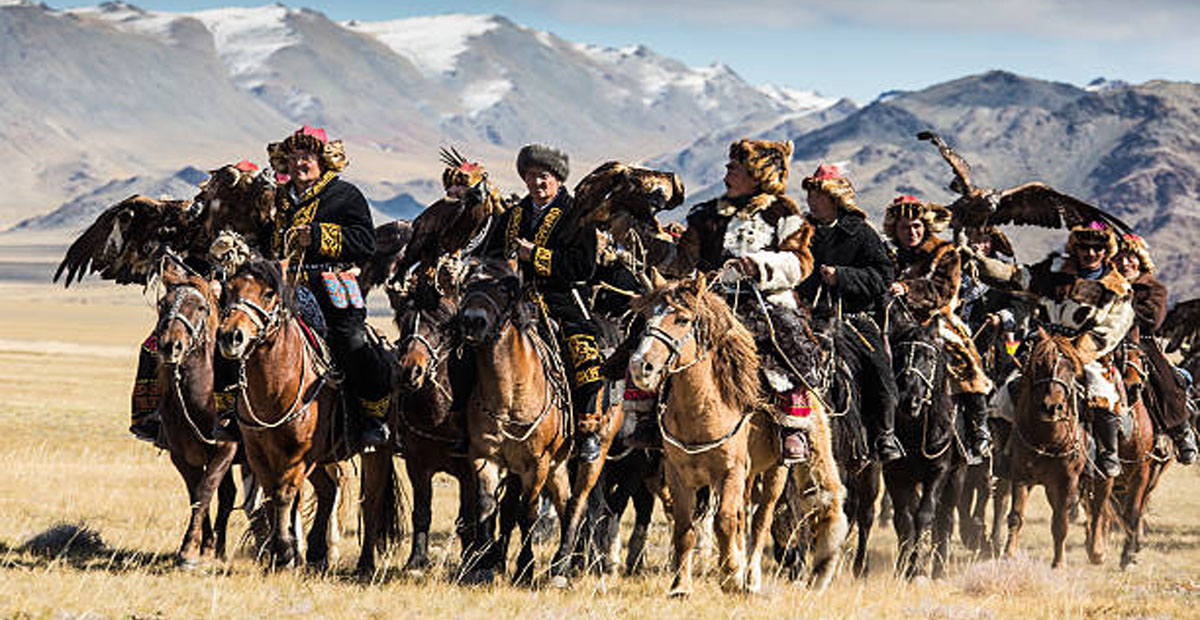
Mongolian horses are also essential for nomadic herders who rely on them for transportation, food, and clothing. The horse milk is fermented and consumed as a traditional beverage, while the horsehair is used for making clothing, ropes, and other items.
Despite their importance to Mongolian culture, the wild horse population in Mongolia is under threat. Habitat loss, poaching, and competition with livestock are all contributing to the decline in numbers. Conservation efforts are underway to protect this iconic species and ensure that it continues to play a vital role in Mongolian life.
In conclusion, Mongolian horses are a symbol of strength, endurance, and freedom. These majestic animals have played a crucial role in the history and culture of Mongolia for centuries and continue to do so today. As we work to protect them for future generations, we can appreciate the important role they have played in shaping the world we know today.



Mongolian horses are small, usually standing less than 14 hands high. They are well-muscled, with short legs and a broad, sturdy frame. Their coats are thick and shaggy, with a range of colours from black and bay to chestnut and gray.
Mongolian horses are believed to have descended from the ancient wild horses of Central Asia. They have been domesticated for thousands of years and were used extensively by the Mongol Empire for transportation, communication, and warfare.

Genghis Khan, the founder of the Mongol Empire, is said to have claimed that `the strength of the Mongols lies in their horses.` His army was able to conquer vast territories thanks to their powerful and durable mounts.
Mongolian culture is deeply intertwined with the horse. The traditional Mongolian sport of horse racing dates back centuries and is still enjoyed today. Children as young as five years old participate in races that can cover distances of up to 30 miles.

Mongolian horses are also essential for nomadic herders who rely on them for transportation, food, and clothing. The horse milk is fermented and consumed as a traditional beverage, while the horsehair is used for making clothing, ropes, and other items.
Despite their importance to Mongolian culture, the wild horse population in Mongolia is under threat. Habitat loss, poaching, and competition with livestock are all contributing to the decline in numbers. Conservation efforts are underway to protect this iconic species and ensure that it continues to play a vital role in Mongolian life.
In conclusion, Mongolian horses are a symbol of strength, endurance, and freedom. These majestic animals have played a crucial role in the history and culture of Mongolia for centuries and continue to do so today. As we work to protect them for future generations, we can appreciate the important role they have played in shaping the world we know today.




